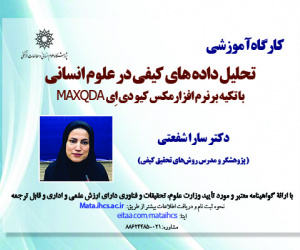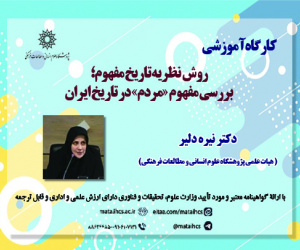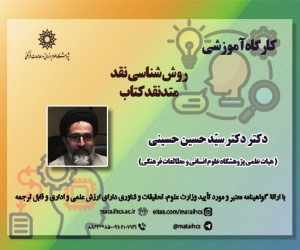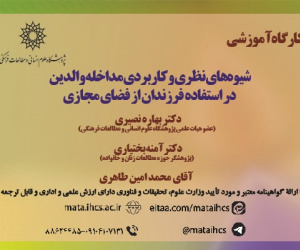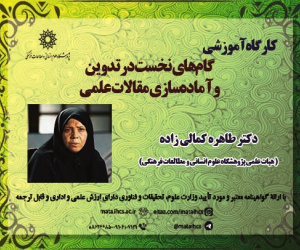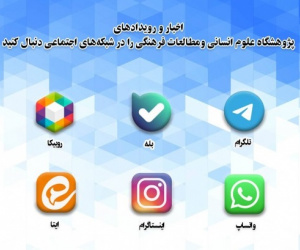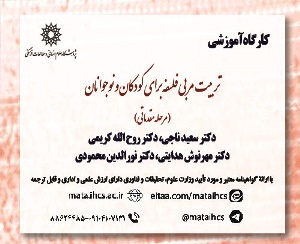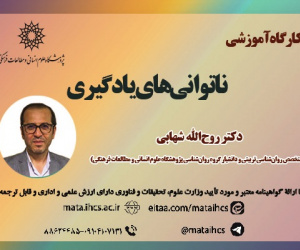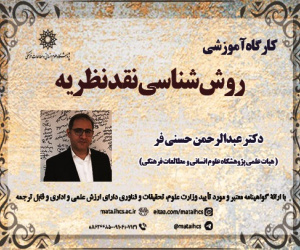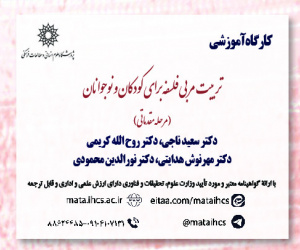مفهوم پردازی چالش های گذار به سمت اقتصاد دایره ای دیجیتال با تکیه بر فناوری اینترنت اشیا در صنعت 4.0 (مقاله علمی وزارت علوم)
درجه علمی: نشریه علمی (وزارت علوم)
آرشیو
چکیده
کسب و کارهایی که قصد ورود به بازارهای بین المللی را دارند، باید در مدل کسب و کار خود، اصول اقتصاد دایره ای را اعمال نمایند تا هم به مزیت رقابتی جهانی دست یافته و هم ضمن تلاش برای حفظ محیط زیست، کارایی اقتصادی خود را افزایش دهند . اینترنت اشیا از جمله فناوری های صنعت 4.0 است که می تواند زمینه مناسبی را برای به اشتراک گذاری اطلاعات بین ذینفعان ایجاد کند. هرچند مزایای استفاده از فناوری اینترنت اشیا به منظور تحقق اقتصاد دایره ای غیرقابل انکار است، اما عدم توجه به چالش های موجود در این راه، سرعت گذار را کم کرده و کارآمدی استفاده از این فناوری را کاهش خواهد داد. لذا توجه به اهمیت موضوع، در این پژوهش موانع بکارگیری موثر فناوری اینترنت اشیا در اقتصاد دایره ای شناسایی و ارزیابی شد. ابتدا بر اساس مرور جامع ادبیات، همچنین مصاحبه با خبرگان، موانع اینترنت اشیا در اقتصاد دایره ای در 7 دسته اصلی موانع فنی، ساختاری و سازمانی، اقتصادی و قانونی، اجتماعی و فرهنگی، زیرساختی، محتوایی و انرژی طبقه بندی؛ و با بررسی گسترده، 53 مانع در این دسته ها، شناسایی شدند. سپس با استفاده از روش دلفی و طی 3 مرحله، موانع مورد نظر غربالگری شده و در نهایت، 30 مانع مورد پذیرش خبرگان قرار گرفت. سپس با استفاده از تکنیک دیمتل فازی، ضمن شناسایی روابط تأثیرگذاری و تأثیرپذیری بین موانع بکارگیری اینترنت اشیا در اقتصاد دایره ای در صنعت لوازم خانگی ایران، عامل توانایی شبکه بندی و اتصال اشیا به یکدیگر در مقیاس بزرگ (مانند شبکه های ابری) به عنوان با اهمیت ترین و در عین حال اثرگذارترین مانع شناخته شد.Conceptualizing the Challenges of the Transition to a Digital Circular Economy Relying on Internet of Things Technology in Industry 4.0
Introduction The circular economy is expected to bring significant benefits in terms of efficient use of resources, security of material supply, and environmental and economic sustainability. Considering the necessity of the transition towards a circular economy, the main concern for researchers will be how to use new technologies to go through this transition in the most efficient way possible and with minimal challenges. Obviously, depending on the nature, some industries are prioritized for attention. With its high potential as well as adverse environmental effects, the household appliance industry is a promising field for studying and investigating the barriers to circular economy adoption. Meanwhile, the connection between the circular economy and the Internet of Things (IOT) technology creates considerable value. However, the review of the subject literature shows that the opportunities provided by the Internet of Things technology for the circular economy have not been fully realized, and despite all efforts, the realization of the potential of the Internet of Things requires overcoming important technical and commercial obstacles. Therefore, more studies are needed to determine the challenges that prevent the adoption and application of circular strategies efficiently, especially in developing economies such as Iran. Investigating the existing obstacles in this direction can be useful in setting a road map to increase the productivity of these organizations and pave the path to excellence. According to the need, the aim of the current research is to investigate and evaluate the key challenges of the efficient use of Internet of Things technology in the environment of the circular economy and in the home appliance industry. So, the first question of the current study is related to the issue of what are the challenges of efficient use of Internet of Things technology, and as the second question, it should be answered that how these challenges are connected and what the systematic relationships are. Based on the findings of the present study, the Internet of Things is considered an organized tool that is able to address the challenges of the circular economy. In explaining the existing challenges, a wide study has been done, and the challenges have been determined in different areas, which adds to the innovation of the paper. In addition, the analyses carried out can help to provide practical ideas. MethodologyIn order to answer the first question of the research regarding the obstacles of the Internet of Things in the circular economy, by examining past researches and interviewing experts, the obstacles of the Internet of Things in the circular economy have been extracted. Then, the experts approved the investigated factors. Using the Delphi method, these criteria were screened, and the final obstacles were identified. Finally, by taking use of the fuzzy DEMATEL technique, the relationships among these obstacles are determined. FindingsThe relationships show that the ability to connect things to each other on a large scale (such as cloud networks) is the most effective factor and, at the same time, the most important obstacle in applying the Internet of Things technology in the circular economy in the home appliance industry of Iran. It is clear that digitization in the circular economy is not possible without the explanation of a system equipped with the Internet of Things, and as a result, the waste of resources will not be prevented. To create a way for businesses to use the concept of circular economy to achieve sustainability goals, such a network should be implemented. IoT devices share the sensor data they collect by connecting to an IoT gateway. The next obstacle that has the most impact on the existing system is the obstacle of the equipment of the organization with a skilled workforce in the field of the Internet of Things. The emergence of the Internet of Things and related technologies enables organizations to provide more interactive and inclusive educational experiences with the help of augmented reality technologies and simulate real-world scenarios. Regarding the obstacle of determining and formulating strategies and policies for transferring to the Internet of Things to create an integrated governance system, it should be said that with the advances made in the field of artificial intelligence, the vital need for governance in the use of the Internet of Things has been highlighted, and it is vital and mandatory that organizations should follow it. Discussion and ConclusionThe present research, with a comprehensive overview of the widespread application of the Internet of Things in the circular economy, examined the barriers to the adoption and implementation of the Internet of Things in the circular economy, and a comprehensive list of these barriers is presented. In the following, with the aim of confirming and screening the obstacles extracted from the research literature, a researcher-made questionnaire was prepared from these key obstacles and given to the managers of home appliance manufacturing companies in Iran, and finally, the initial 53 items were reduced to 30 items. In the following, with the aim of finding the answers to the questions raised and in order to investigate the relationships between the obstacles, as well as determine the most influential and important obstacle, the fuzzy DEMATEL method was used. The factor “the ability to network and connect things to each other on a large scale (such as cloud networks)” was identified as the most important and, at the same time, the most influential barrier. While the potential of new technologies to advance the circular economy is enormous, addressing these challenges through innovative solutions, collaborative efforts and supportive policies is essential to realize this potential effectively and sustainably. The current research, like other research, has faced a series of limitations. For example, in the present study, only domestic experts were consulted. In future research, foreign experts who are present in countries with similar economic and social contexts can also be asked for their opinions, and by gathering opinions and comparing the results with the results of similar studies in developed countries, a more efficient development path can be set.
